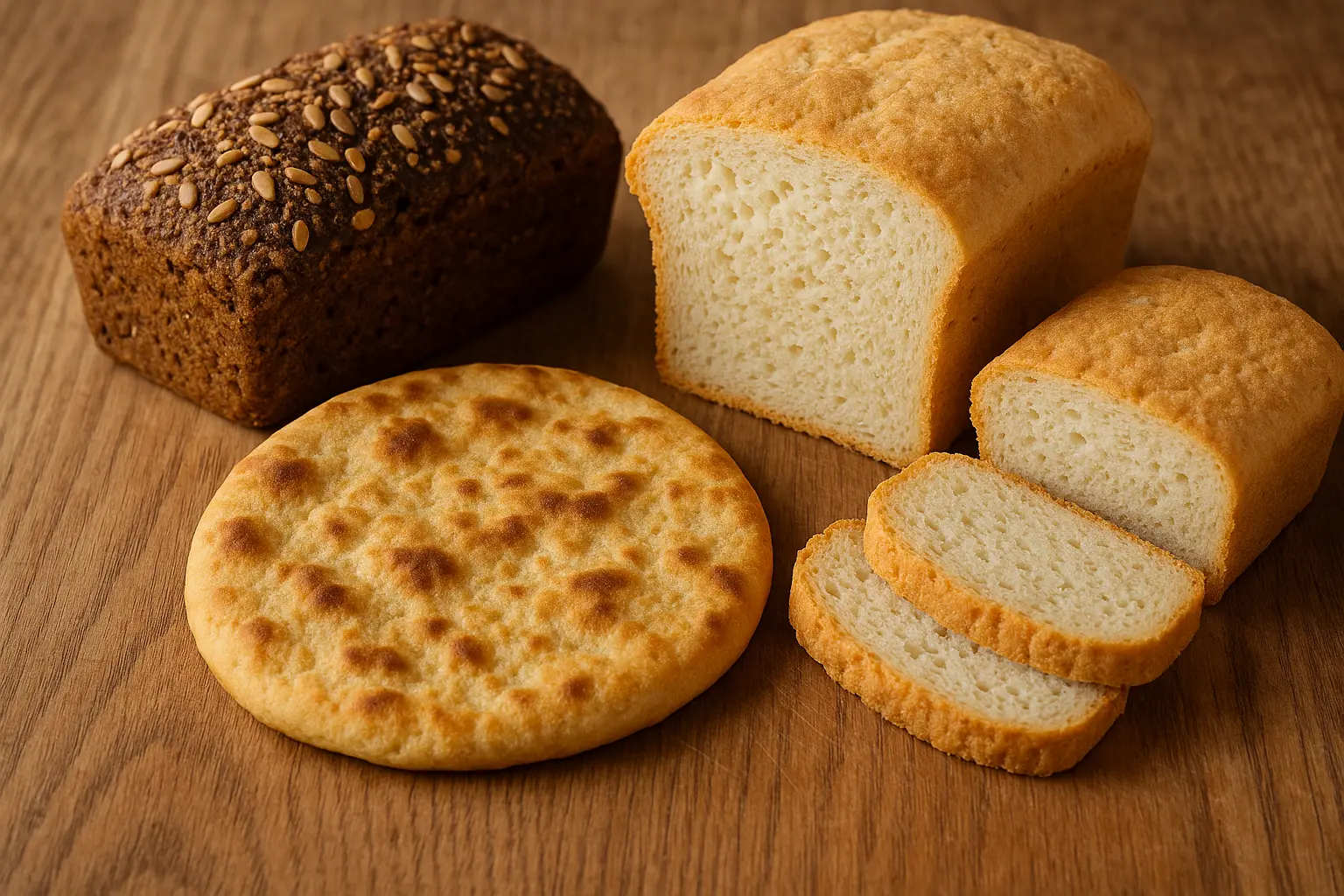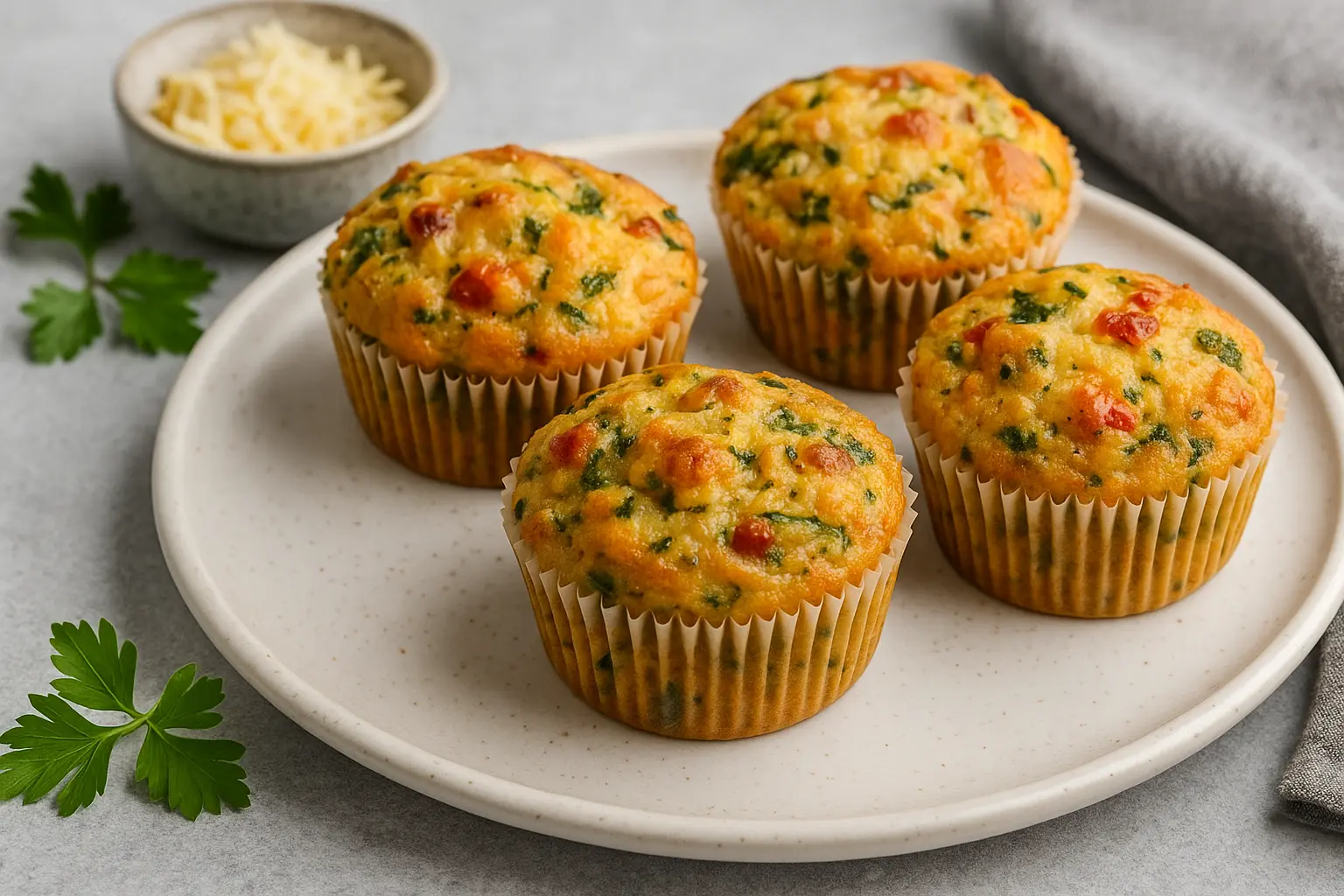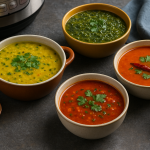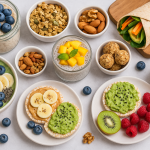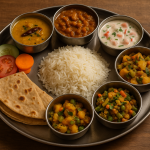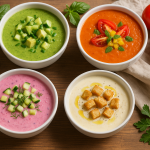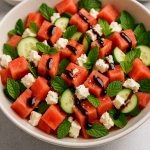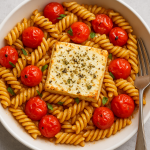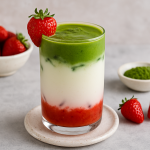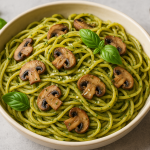For anyone who’s attempted gluten-free bread baking before, the story is often the same: a dense loaf, a crumbly slice, or something that tastes more like cardboard than bread. But the good news? It doesn’t have to be this way.
With the right flour blends, moisture balance, and baking techniques, you can make gluten-free bread that’s soft, full of flavor, and just as satisfying as its gluten-filled cousin. Whether you’re gluten-intolerant, following a gluten-free diet for health reasons, or simply looking to expand your baking skills, this guide will walk you through the science, the tips, and the foolproof recipes to make bread you’ll actually look forward to eating.

1. Why Gluten-Free Bread Can Be a Challenge
Gluten is the protein found in wheat, barley, and rye that acts like a net — trapping air bubbles in dough, giving bread its structure and chewiness. Without gluten, bread dough behaves very differently:
- It’s stickier or looser than wheat dough.
- It can dry out quickly after baking.
- The texture often ends up crumbly without proper binders.
- It’s easy to underbake and end up with a gummy interior.
The key to overcoming these issues is understanding how to mimic gluten’s properties with a combination of flours, starches, and binding agents.
2. Building Blocks of Great Gluten-Free Bread
A. Gluten-Free Flours
Instead of one dominant flour (like wheat), gluten-free breads use blends to achieve a balanced flavor and texture. Commonly used:
- Brown Rice Flour – Mild flavor, light texture.
- Sorghum Flour – Slightly sweet, whole-grain profile.
- Oat Flour – Adds moisture and softness (certified GF oats only).
- Buckwheat Flour – Strong, earthy taste for rustic loaves.
- Almond Flour – Richness and tenderness.
B. Starches for Structure
- Tapioca Starch – Gives chewiness and flexibility.
- Potato Starch – Softens crumb.
- Cornstarch – Lightens texture.
C. Binders
Binders are critical to holding the loaf together:
- Xanthan Gum – Creates elasticity.
- Psyllium Husk Powder – Gives bread structure and moisture retention.
- Eggs – Provide stability and lightness (can use flax/chia eggs for vegan versions).
D. Leavening Agents
While yeast is traditional, baking powder or a mix of both can improve the rise in gluten-free breads.
3. Essential Tips for Foolproof Gluten-Free Bread
- Use a Blend – Never rely on just one flour; balance is key.
- Weigh Ingredients – GF flours vary in density; measuring by weight ensures accuracy.
- Expect a Batter, Not Dough – GF bread mixtures are looser than wheat dough.
- Single Rise is Enough – Overproofing can deflate the structure.
- Hydration is Key – More liquid equals a softer crumb.
- Cool Before Slicing – Warm bread can crumble easily.
- Bake Longer at Lower Heat – Prevents gumminess.
4. Foolproof Gluten-Free Bread Recipes
Below are tested recipes for soft sandwich bread, rustic loaves, sweet quick breads, and flatbreads — all guaranteed to taste amazing.
Recipe 1: Soft Gluten-Free Sandwich Bread
Perfect for: Toast, sandwiches, and kids’ lunchboxes.
Ingredients:
- 2 cups gluten-free all-purpose flour (with xanthan gum)
- ½ cup sorghum flour
- ¼ cup potato starch
- 1 tbsp psyllium husk powder
- 1 tbsp sugar or honey
- 2 tsp instant yeast
- 1 tsp salt
- 2 large eggs (or flax eggs)
- 1 ¾ cups warm water
- 3 tbsp olive oil
Method:
- Combine flours, psyllium, sugar, yeast, and salt in a bowl.
- Add eggs, warm water, and oil; mix into a thick batter.
- Pour into greased loaf tin; smooth top with wet spatula.
- Cover; let rise 45–60 minutes until doubled.
- Bake at 180°C (350°F) for 45–50 minutes.
- Cool completely before slicing.
Pro Tip: Slice and freeze for easy toasting anytime.
Recipe 2: Rustic Artisan Gluten-Free Bread
Perfect for: Serving with soups or cheese boards.
Ingredients:
- 2 cups gluten-free bread flour blend
- ½ cup brown rice flour
- ¼ cup tapioca starch
- 1 tbsp psyllium husk powder
- 1 tsp salt
- 2 tsp yeast
- 1 ¾ cups warm water
- 1 tbsp olive oil
Method:
- Mix dry ingredients; add water and oil.
- Shape sticky dough on parchment-lined baking tray.
- Rise 45 minutes.
- Bake at 200°C (400°F) for 35–40 minutes.
- Cool before cutting.
Pro Tip: Steam-bake for crisp crust — place a tray of hot water in oven for first 10 mins.
Recipe 3: Gluten-Free Banana Bread
Perfect for: Breakfast or a sweet treat.
Ingredients:
- 1 ½ cups almond flour
- ½ cup oat flour
- ½ cup tapioca starch
- 3 ripe bananas
- 2 eggs (or flax eggs)
- ¼ cup maple syrup
- 1 tsp baking soda
- 1 tsp cinnamon
- ½ tsp salt
Method:
- Mash bananas; whisk with eggs and syrup.
- Combine dry and wet ingredients; mix gently.
- Pour into lined loaf tin; bake at 175°C (350°F) for 45–50 mins.
- Cool before slicing.
Recipe 4: Vegan Gluten-Free Flatbread
Perfect for: Wraps or curries.
Ingredients:
- 1 cup chickpea flour
- 1 cup tapioca starch
- 1 tsp salt
- 1 cup warm water
- 2 tbsp olive oil
Method:
- Whisk all ingredients into a smooth batter.
- Pour rounds into a hot non-stick skillet.
- Cook until golden on both sides.
- Serve warm.
5. Troubleshooting Gluten-Free Bread
| Problem | Likely Cause | Fix |
|---|---|---|
| Gummy texture | Underbaked or too much moisture | Bake longer, check with thermometer (above 95°C/200°F) |
| Too dense | Old yeast or too little rise | Use fresh yeast, extend proofing |
| Crumbly | Not enough binder | Add psyllium or xanthan gum |
| Dry | Overbaked or low hydration | Increase liquid slightly |
6. Flavor Variations
- Garlic & herb loaf
- Sunflower seed & pumpkin seed bread
- Cinnamon raisin sweet bread
- Olive & rosemary artisan bread
- Cheese & chive loaf
7. Storage & Freezing
- Keep at room temp in airtight bag for 1–2 days.
- Freeze slices individually for up to 2 months.
- Toast directly from frozen.
8. Final Thoughts
Gluten-free bread baking can be deeply rewarding once you understand the fundamentals. With the right flour blend, binder, and hydration, you can create bread so good that no one will miss the gluten.
Whether you want a rustic artisan loaf, a soft sandwich bread, or a sweet banana bread, these recipes are reliable, family-friendly, and — most importantly — delicious.
Leave a comment
Your email address will not be published. Required fields are marked *


